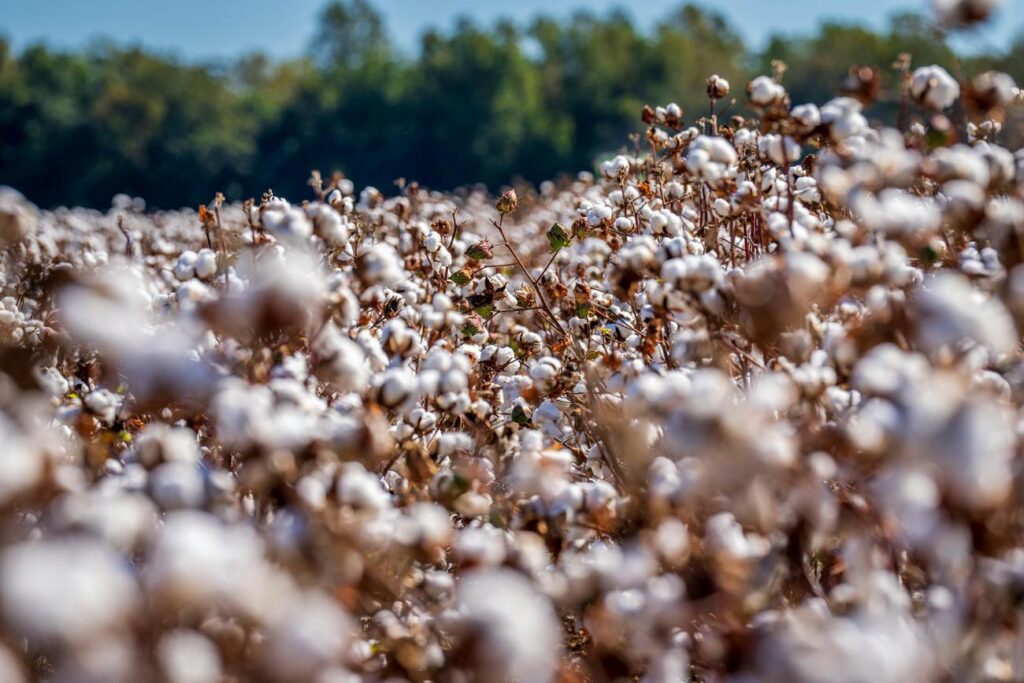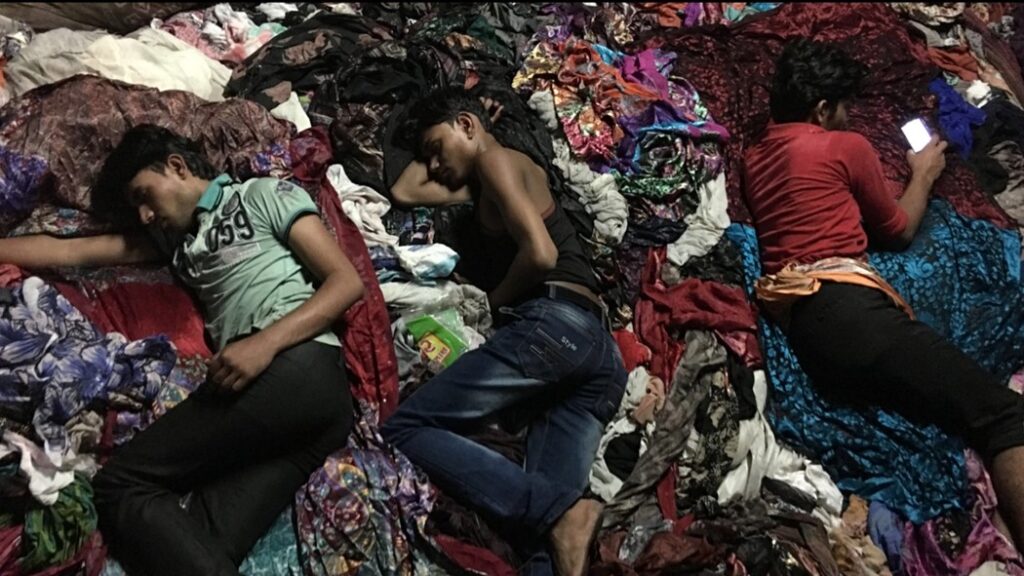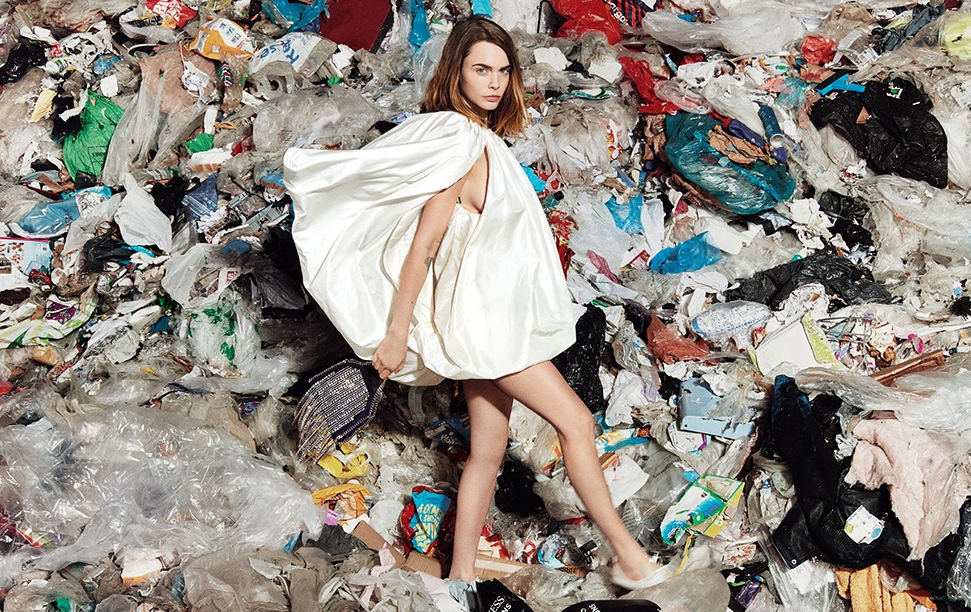It wasn’t too long ago that the phrase “sustainable fashion” conjured up images of crunchy fabrics and shapeless frocks—stuff you’d find at a farmers market, not Paris Fashion Week. But like a storm that no one saw coming, the climate crisis slammed the brakes on fashion’s fast lane, forcing the industry to reckon with its oversized carbon footprint and a thirst for excess. Now, a new wave of designers, brands, and yes, even consumers, are steering the world’s most glamorous business toward something sexier: sustainability.
In a world where “trending” often has the shelf life of a TikTok dance, this is no fleeting movement. It’s a full-blown culture shift, one stitched with sustainable materials, ethical practices, and a love affair with upcycling. It’s where fashion goes green—not just in color but in purpose.
Stitching Together a New Story: The Material Makeover
Let’s talk fabric. Traditional textiles, like polyester and conventional cotton, are straight-up toxic for Mother Earth. Polyester? It’s basically spun petroleum, taking centuries to decompose and shedding microplastics with every wash. Cotton? Sure, it’s natural, but it’s a water-guzzling, pesticide-laden monster. So what’s a designer to do? The answer lies in reinvention, and that’s where sustainable materials come in hot.
Take organic cotton. No chemicals, way less water. The Textile Exchange reports it slashes water usage by as much as 91% compared to its thirsty conventional cousin. But cotton’s just the tip of the hemp leaf. Brands like Patagonia have long waved the eco-flag with hemp and linen—both hardy, low-water-use plants. There’s also Pangaia, the buzzy label behind minimalist hoodies made from seaweed fiber and recycled cotton. These aren’t your grandma’s knitting projects; they’re sleek, durable, and designed to turn heads.

But if you really want to talk innovation, look no further than recycled materials. Turning trash into treasure isn’t just a trope—it’s high fashion. Adidas and their “Parley for the Oceans” line are proof that beach-cleaning plastic can look damn good when reimagined into sneakers. The idea? Wear your impact on your feet, and kick some eco-ignorance to the curb.
Ethical Practices: No More Sweatshops in the Shadows
For decades, the industry’s dirty little secret was its people. Garment workers slaving away for a pittance, factories with working conditions straight out of a dystopian novel. But the tide is turning. The ethical fashion movement is pulling back the veil and demanding fairness, transparency, and humane working conditions.

Take Everlane, whose mantra might as well be “transparency or bust.” They map out their entire supply chain for curious shoppers, showing exactly where each piece of clothing was born and stitched. It’s not just about fair wages or safe factories; it’s about giving the makers their moment in the spotlight. Because real style isn’t just about looking good; it’s about doing good.
Slow fashion is another beacon in the ethical revolution. Think fewer collections, higher quality, timeless pieces. Stella McCartney, a pioneer of the movement, shows that ethical fashion doesn’t have to sacrifice style. Her collections are cruelty-free, favoring faux leather and regenerated cashmere. It’s a middle finger to fast fashion, telling shoppers to invest in pieces that outlast the next Instagram trend.
Upcycling: Turning Yesterday’s Clothes Into Tomorrow’s Must-Haves
Upcycling has taken the fashion world by storm. Unlike recycling—which breaks down materials—upcycling is all about taking old clothes and transforming them into something new and fabulous. It’s DIY at its peak, an art form that’s shaking up even the most exclusive runways.

Luxury house Maison Margiela gets it. Their Artisanal collection reimagines old garments into couture pieces. The process isn’t just green; it’s genius-level creativity. Smaller brands like Re/Done have built an entire empire out of upcycling vintage denim, turning worn-out jeans into covetable streetwear. It’s high fashion that’s both cool and conscious, proving that sustainability can have serious swagger.
But it’s not just designers jumping on the upcycle train. DIY culture is thriving. Pinterest boards are brimming with projects showing how to repurpose that old concert tee or the jacket you almost threw out. Personal style meets sustainability—and the earth heaves a sigh of relief.
Designers Leading the Charge—and Taking Us With Them
Names like Stella McCartney whos SS24 collection has been crafted from 95% conscious materials, making it the most sustainable collection Stella McCartney has ever released. Eileen Fisher, and Vivienne Westwood are pushing boundaries, making sustainability sexy. But it’s not just about a few fashion-forward leaders. Entire companies are buying in. Kering—the luxury powerhouse behind Gucci and Balenciaga—has pledged to slash emissions and create a circular economy. Meanwhile, high-street brands like Zara and H&M have launched “Conscious Collections,” although skeptics warn that not every green label is as virtuous as it seems. Enter the term “greenwashing”—the trend’s dirty flip side. It’s a reminder that transparency is everything.

And then, there’s the indie scene. Startups like Rent the Runway are rewriting consumption. Why buy what you can borrow? Their rental service lets you rock designer fits for a fraction of the cost, and when you’re done, it gets cleaned, prepped, and re-loaned, reducing waste and making luxury fashion more accessible.
Consumers: The New Gatekeepers of Fashion
It’s easy to point fingers at the industry, but the real shift starts with us—the buyers. Conscious consumerism is more than a trend; it’s a powerful demand for better choices. By choosing sustainable pieces, supporting ethical brands, and saying “hell no” to fast fashion’s excess, consumers are creating change. They’re sending the message that sustainability isn’t just “nice to have”; it’s non-negotiable.
Movements like “Buy Less, Choose Well” champion curated wardrobes full of timeless, well-made pieces. The message is clear: Quality beats quantity. Repair that ripped seam, donate what you don’t wear, or find a clothing swap. Every choice makes a difference.
Conclusion: Fashion’s Future Is Green, and It Looks Good
The fashion world is standing at a crossroads. Down one path lies business as usual: overproduction, waste, pollution. Down the other? Sustainability, creativity, responsibility. With sustainable materials, ethical practices, and upcycling, the industry is slowly but surely pivoting toward a more conscious future.
This isn’t a trend. It’s a revolution, a wake-up call, and a battle cry for change. So wear your values, make noise, and demand more. Because when fashion gets it right, it’s not just clothes—it’s a movement.
Sources
- Textile Exchange – Organic Cotton Market Report
For statistics on water usage and environmental benefits of organic cotton.
www.textileexchange.org - Patagonia’s Sustainability Practices
Information on sustainable materials like hemp and organic cotton in Patagonia’s products.
www.patagonia.com - Adidas x Parley for the Oceans Initiative
Details about using recycled ocean plastics in sportswear.
www.adidas.com/parley - Everlane – Ethical Fashion Supply Chain Transparency
Documentation and transparency efforts in fashion manufacturing.
www.everlane.com/transparency - Maison Margiela’s Artisanal Collection
Insights into luxury upcycling and sustainable couture.
www.maisonmargiela.com - Stella McCartney’s Sustainability Commitments
Focus on cruelty-free fashion and circularity.
www.stellamccartney.com - Kering’s Sustainability Report
Details about luxury conglomerate’s sustainability initiatives.
www.kering.com/en/sustainability - Fashion Revolution – Ethical Fashion Movement
Resources on ethical labor practices and supply chain improvements.
www.fashionrevolution.org - Rent the Runway – Circular Fashion Model
Information about the rental economy and its environmental benefits.
www.renttherunway.com - “Buy Less, Choose Well” – Slow Fashion Movement Insights
Analysis of slow fashion principles, emphasizing quality over quantity.
www.fashionrevolution.org





